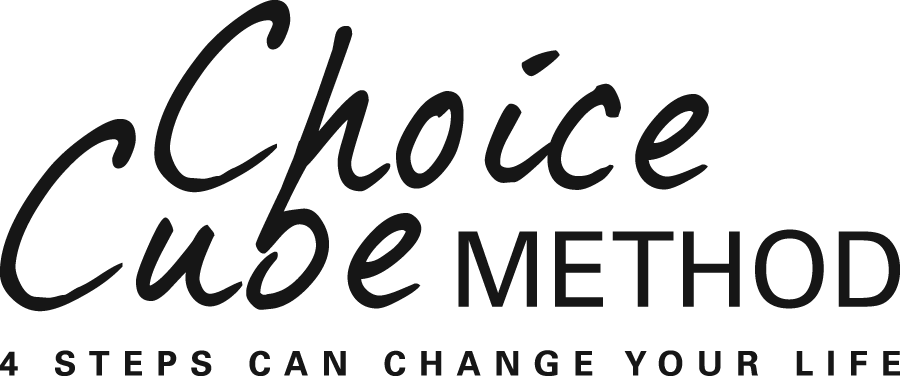THE BEST WAY TO BE HONEST
/ compassion.
compassion. There is a saying that goes something like this: “If something is the truth, is necessary, but is mean… don’t say it”.
Honesty and Compassion Even though you feel you’ve got to let it rip, remember the best way to be honest is with compassion. Both flourish when there is balance, but one without the other can be destructive, even dangerous.
This blend of honesty and compassion doesn’t come cheap. The price is self awareness and a certain self-transparency. Of course, no one can demand this of you. You alone decide just how much you want, and are able, to share about yourself or what you think of others.
Transparency You won’t achieve transparency in your relationships by leaving the other person “naked”. You have to risk getting “naked” yourself. Can you get out of defense mode and stop protecting yourself at all costs? Do you know and can you show both your strengths and weaknesses?
You become transparent when you find your healthy real self, and this takes courage. Your false selves, “people pleaser,” “tough guy,” “martyr” to name a few, may have run your life for years. Exposing these false selves and leaving them behind is not for sissies, but necessary in order to find the best of who you are.
Hope But No Expectations However, even if you have courage and can risk being transparent, do not expect the same in return; not everyone is ready to be real. If you are reading this, you probably are one of the blessed ones who are ready to change their lives.
So act from the best of who you are. Demand nothing but hope for the best. Your gift of honesty, compassion, and transparency may influence your friend, partner, sister, brother, mom, or dad… it may “hit” them in the right spot, and encourage them on their journey to their healthy real self.
And we all do have a healthy real self. It may be underdeveloped or hidden, but that’s part of the challenge. When we learn to be honest with compassion for ourselves and others, we invest in that healthy part of us--the best of who we are and step by step we uncover our the person we were meant to be.

Dr. Beth Cujé, therapist and author of the book, Become the Person You Were Meant to Be, gives you the chance to explore some of these ideas. Look inside the book at www.amazon.com or download its first chapter for FREE. Just click hereand get an idea of what the Choice-Cube Method can do for you.




